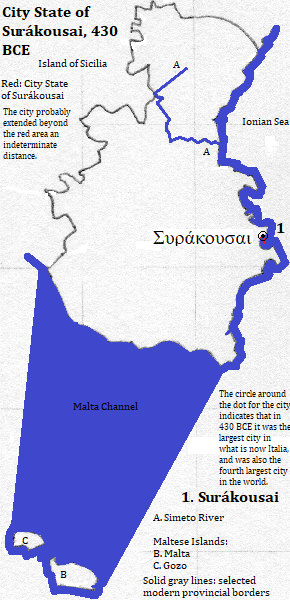
| To Duval Family Home Page | Europe |
| To Chris Home Page | Italia |
| To Earth (Geography Home Page) |
Siracusa
UNESCO honors the city as a component of a World Heritage Site. Among the buildings recognized are a fifth century BCE Greek temple to the goddess Athena (later converted to a Christian cathedral), a Greek theatre, a Roman ampitheatre and a fort.
The mechanical engineer, Archimedes, was born in and did his work in the city, serving its military defense through inventions. He applied mathematics to develop some rules governing mechanics such as the law of the lever, centers of mass, equilibrium and hydrostatic pressure.
| Name | Year | Population | Political entity |
| Συράκουσαι (Surákousai) | 430 BCE | 130,000 | city state of Συράκουσαι (Surákousai) |
| Syracusae | 200 BCE | 100,000 | Senatvs Popvlvsqve Romanvs (Roman Republic) |
| Syracusae | 100 CE | Senatvs Popvlvsqve Romanvs (Roman Empire) | |
| Syracusae | 361 CE | Senatvs Popvlvsqve Romanvs (Roman Empire) | |
| Siracusa | 2011 CE | 124,000 | Repubblica Italiana (Italy) |

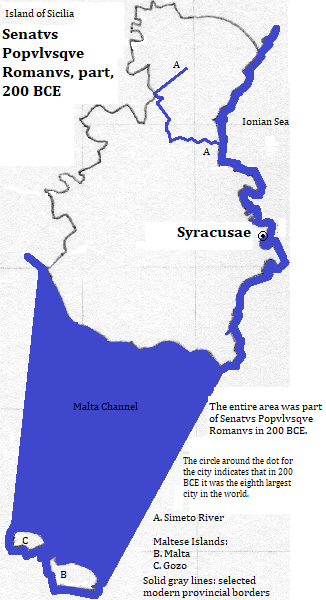

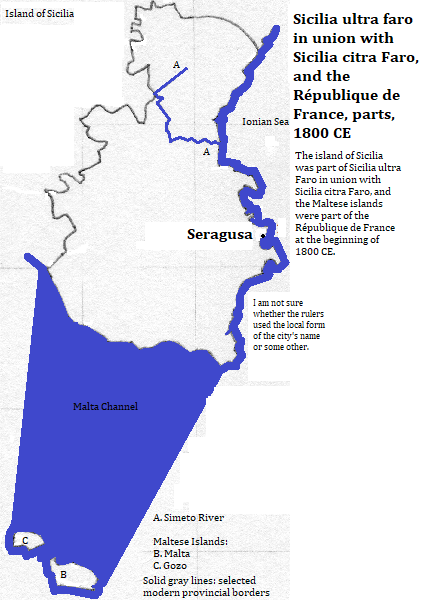
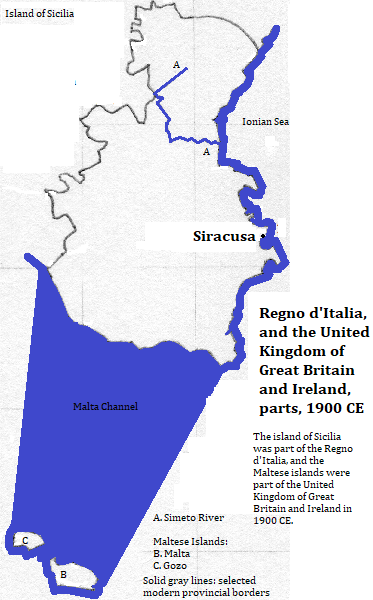
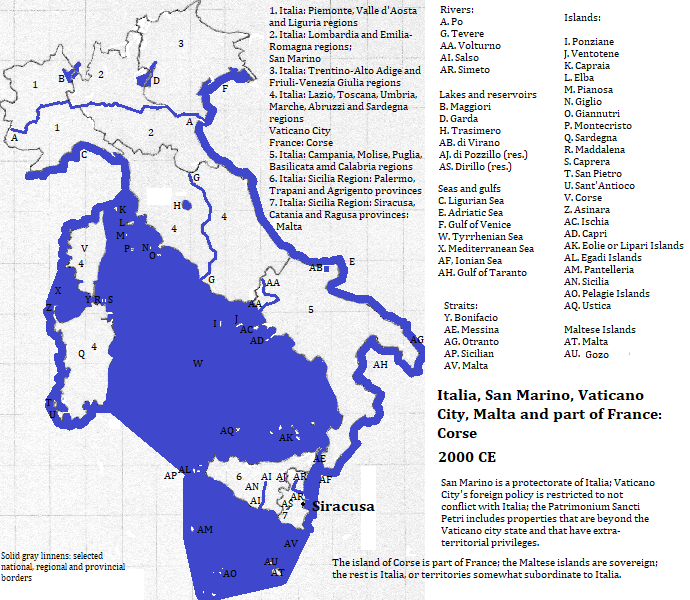
Classical Greek theatre remains, Siracusa, Siracusa Province, island of Sicilia, Italia
1. Syracuse in English.
2. 2011 figure from https://en.wikipedia.org/wiki/List_of_cities_in_Italy, accessed January 29, 2018.
3. Sicily in English.
4. Italy in English.
5. UNESCO, World Heritage Sites (Firefly Books, 2010).
6. John Stillwell, Mathematics and its History (2nd ed., Springer, 2002).
7. Tertius Chandler, Four Thousand Years of Urban Growth, 2nd ed. (The Edwin Mellen Press, 1987), "Tables of the World's Largest Cities." The city was the fourth largest in the world in 430 BCE and eighth in 200 BCE. (In 430 BCE it was also the largest in what is now Italia.) In 100 CE it was smaller than Tonggoo, which was smaller than Rayy, which was smaller than Kavery, which was smaller than Zara, which had 60,000 residents. It was larger than Borach, which was larger than Babilu, which was larger than Ephesus, which had a population of 51,000. In 361 CE it was smaller than Varanasi, which was smaller than Aror, which was smaller than Marib, which was smaller than Kanchi, which was smaller than Auxum, which was smaller than Istakhr, which was smaller than Tambuk, which was smaller than Leptis, which had a population of 50,000. It was larger than Smyrna, which was larger than Vienne, which had a population of 45,000.